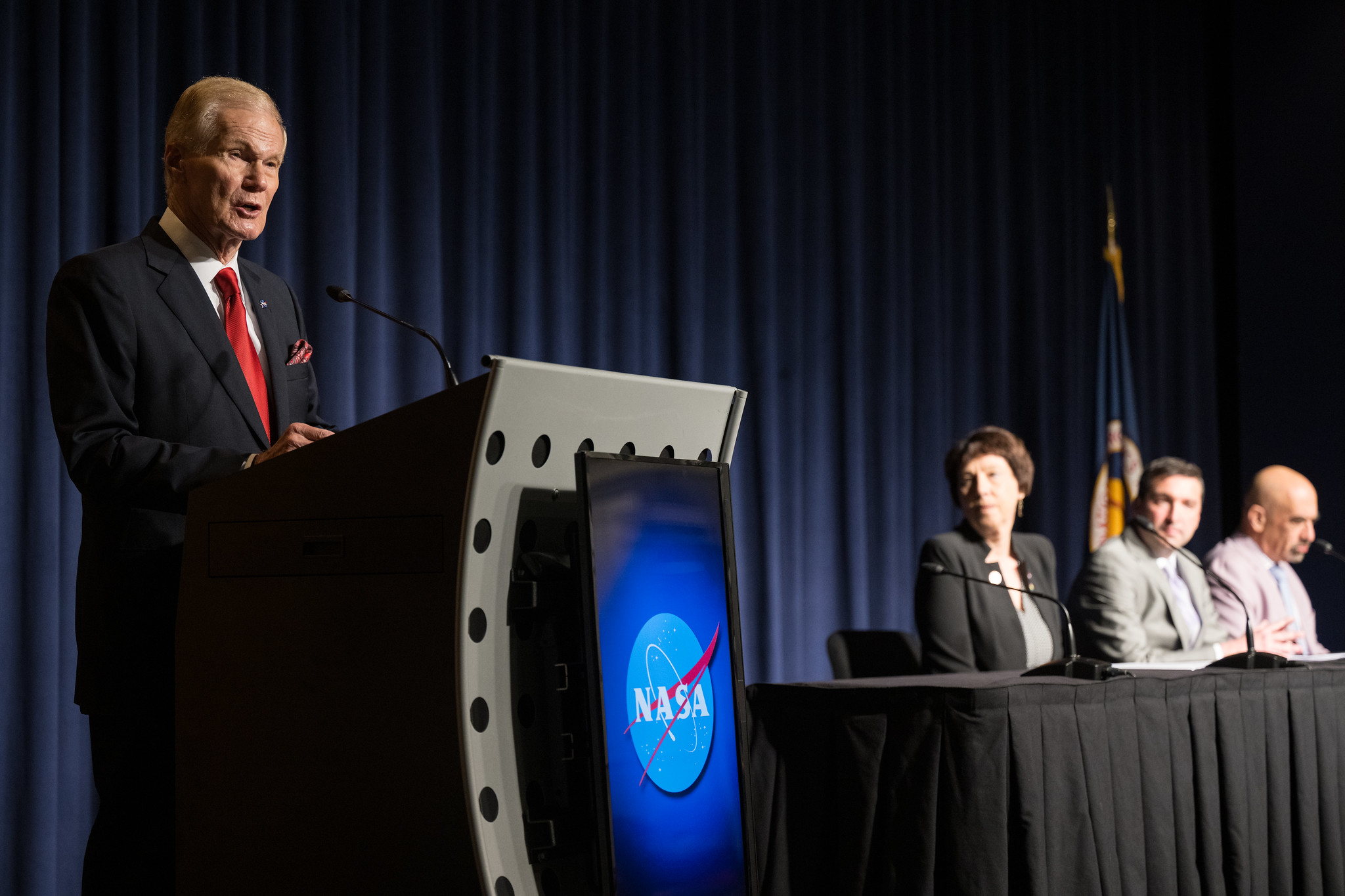NASA releases independent report on UAP research

PARIS — NASA announced it would take new steps to help understand unidentified anomalous phenomena (UAP), vowing transparency while also being reticent to disclose some details.
NASA released Sept. 14 the final report of an independent study team it commissioned last year to examine how NASA resources, like data and research expertise, could be used to better understand UAP and support other work by federal government agencies. The study was not an attempt to study UAP themselves.
“We recommend that NASA play a prominent role in the whole-of-government effort to understand UAP by leveraging its extensive expertise to contribute to a comprehensive, evidence-based approach that is rooted in the scientific method,” the report concluded. “We specifically recommend that NASA utilize its existing and planned Earth-observing assets to probe the local environmental conditions associated with UAP that are initially detected by other means.”
“NASA always takes a scientific approach of systematic data collection,” said David Spergel, an astrophysicist with the Simons Foundation who chaired the study. That approach, he noted, is lacking with most UAP observations. “One of NASA’s contributions to the broader government effort is to bring these methodologies to create data sets that are both reliable and extensive.” The report also backed the use of artificial intelligence and machine learning technologies to analyze those data sets.
Spergel and NASA officials who spoke at a press conference to discuss the report repeatedly emphasized that the study made no conclusions about UAPs themselves. “It is important to clarify, based on our current findings and methodologies, that we find no evidence to suggest that UAPs are extraterrestrial in origin,” Spergel said.
The potential, however small, that UAPs might have an extraterrestrial origin was one rationale NASA offered for studying them. “NASA has a statutory authority to look for life in the universe,” NASA Administrator Bill Nelson said. Others invoked NASA’s role in aeronautics, and the possible airspace safety risks posed by UAPs, as another reason for the agency to be involved.
NASA said it was still reviewing the report but did announce at the briefing that it had appointed a new director of UAP research. “They are being tasked with developing and overseeing the implementation of NASA’s vision for UAP research,” Nelson said. “NASA will do this transparently.”
Curiously, though, NASA initially declined to name person assigned to that new post. Dan Evans, assistant deputy associate administrator for research in NASA’s Science Mission Directorate and the agency liaison for the independent study, suggested it was due in part to harassment that some members of the committee received that, in some cases, “rose to actual threats.” The agency didn’t explain what authority it had to not disclose the name of a NASA official.
However, later in the day, NASA changed course and announced that Mark McInerney was that new UAP research director. McInerney has held various roles at NASA, the National Oceanic and Atmospheric Administration and National Hurricane Center since 1996, and had been working as NASA’s liaison to the Defense Department on UAP issues.
NASA also declined to disclose how much money it expected to spend on UAP activities. Nicola Fox, NASA associate administrator for science, said spending levels were tied to preparations for future budget proposals “and so they’re not something we discuss openly.”
Officials did not give a timeline for completing its review of the report and issuing formal responses to its recommendations. “We will be following up as appropriate with additional actions, but, of course, we need additional time to fully ingest the recommendations and act on them,” said Evans.
NASA officials said they wanted, with the new UAP efforts, to reduce the stigma surrounding the topic that may have caused people to be reticent to share observations. “We’re scientists. We love data. We love all data. If there’s something that needs to be reported, we want people to be able to feel that they can report that,” Fox said.
“We want to shift the conversation about UAPs from sensationalism to science,” Nelson said.

